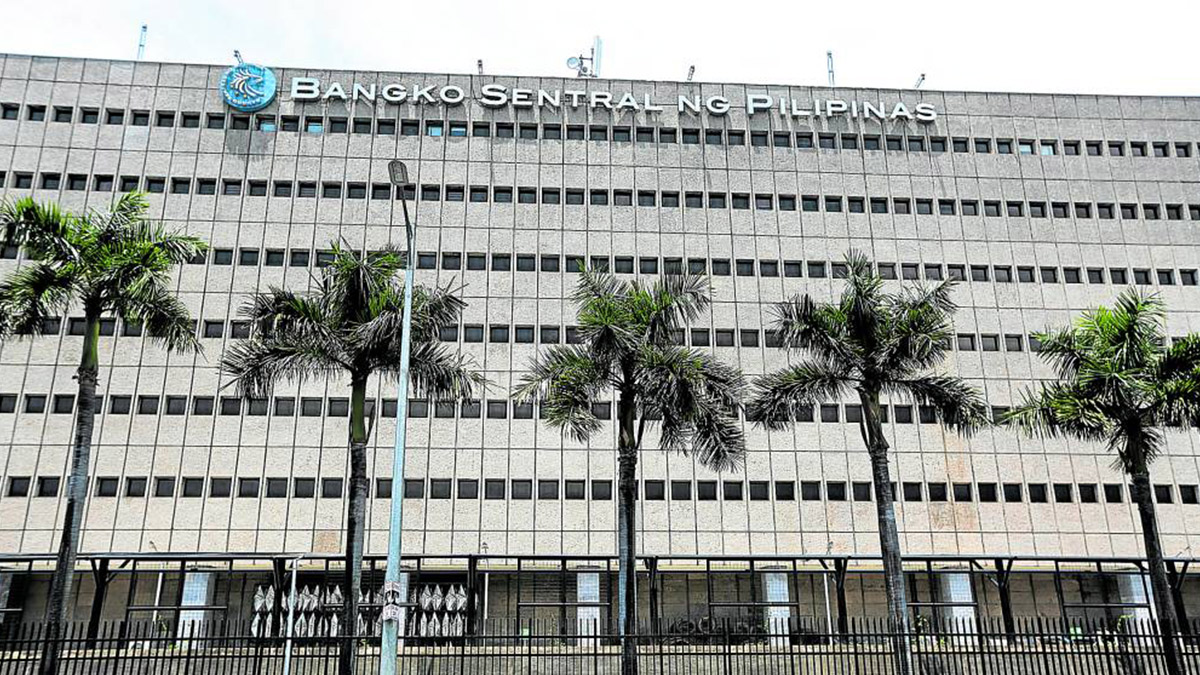

INQUIRER FILE PHOTO
MANILA, Philippines — The proportion of Filipino households with savings dipped to its lowest level in over three years in the fourth quarter, with pessimistic consumers yet to regain their pre-pandemic confidence level as they continue to brace for higher inflation and borrowing costs.
A nationwide survey of 5,350 families showed 25.6 percent of families in the Philippines have money to save in the October-December period, lower than the 29-percent recorded in the third quarter, the Bangko Sentral ng Pilipinas (BSP) reported.
The top reasons for setting aside cash were emergencies; health and medical expenses; education; retirement; business capital and investment; and house purchase. But data showed the latest result was the lowest reading since the third quarter of 2021, when the percentage of families that can save stood at 25.2 percent amid harsh pandemic lockdowns.
As it is, some analysts believe that the need to rebuild household savings could delay the benefits of the ongoing easing cycle of the BSP, which has so far cut the policy rate by a total of 75 basis points to 5.75 percent. This is because families might defer any big-ticket purchases until they can fix their inflation-battered balance sheets.
READ: Philippine gross savings surged by 35% in 2023
Article continues after this advertisement
Still pessimistic
Fewer families had savings as overall consumer sentiment remains bleak.
Article continues after this advertisement
The central bank said households expect inflation to increase, which can hurt their ability to save money. Specifically, consumers expect price growth to average 6.2 percent for the next 12 months, running above the 2 to 4 percent target range of the BSP.
Survey results also showed consumers anticipate interest rates to spike and the peso to weaken against the US dollar in the fourth quarter. Respondents were also worried that joblessness may worsen.
This, in turn, brought the overall confidence index (CI) for households at -11.1 percent in the fourth quarter, staying in the negative territory as pessimists continued to outnumber the optimists during the period.
But while the latest CI for consumers was less pessimistic than the -15.6 percent in the third quarter, the BSP noted that the confidence level of households has yet to return to the positive territory seen before the pandemic.
That was a stark contrast to the overall CI for businesses, which climbed to 44.5 percent from 32.9 percent in the preceding quarter as firms gear up for the typical surge in demand during the Christmas shopping season.
For now, respondents attributed their less downbeat sentiment on expectations of higher and additional sources of income; more working family members; and an increase in available jobs and permanent employment.











:max_bytes(150000):strip_icc()/Burger-Facts-According-to-a-Burger-Scholar-FT-BLOG0125-67c226c835dc4e4b98dd600c4ea07060.jpg?w=100&resize=100,75&ssl=1)